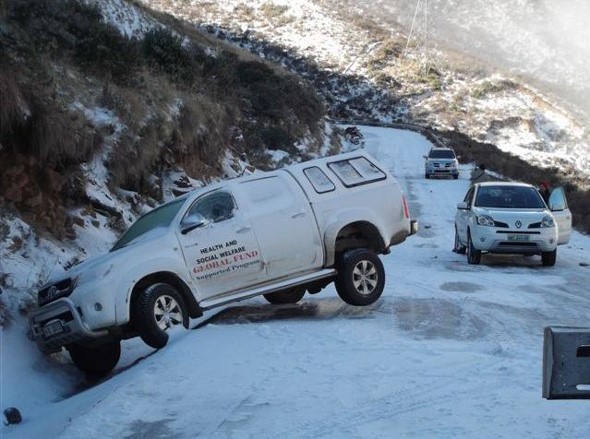
Tensions are high after a car accident. Neither driver involved wants to admit they were responsible for causing the damage, but at the end of the day, someone has to be. If you’re in the unfortunate situation of dealing with another driver who tries to pin all the blame on you, especially if you suffered an auto injury, there are a few things you can do to prove you weren’t at fault, and limit your own liability.
Understand Local Laws
First, you’ll need to understand how the laws in your state and city work. Most states are fault-based, meaning if there’s an accident, the driver found at fault will be used to pay for repairs, medical expenses, and other types of losses. However, some states are no-fault, meaning drivers must all carry personal injury protection (PIP) insurance and pay for their own medical expenses up to a certain threshold; property damage may remain fault-based.
Additionally, there may be different types of negligence in play. For example, in areas with pure contributory negligence laws, drivers are found at fault in an “all or nothing” basis. In this scenario, even if you were slightly responsible for an accident, you wouldn’t be able to get compensated for repairs or medical costs. However, many states have comparative negligence laws, which entitle drivers and victims to compensation based on the degree at which they were at fault; drivers may be found equally at fault (e.g., 50/50) or unequally at fault (e.g., 60/40).
If you have time, the best way to approach this is to talk to a local lawyer. Lawyers understand the fault laws inside and out, and will be able to provide you with advice on how to handle your specific situation. That said, you may be forced to think on your feet in the immediate aftermath of an accident; if this is the case, remain calm, and do what you can to prove your side of the story.
Collect Evidence
The best thing you can do is collect objective evidence that shows how the accident unfolded, said a personal injury lawyer. Depending on where the accident took place and what resources are available to you, there may be many ways for you to do this. For example, if you had a dashcam rolling before the accident, you’ll be able to collect the footage, back it up, and review it.
If you weren’t fortunate enough to have a dashcam on standby, you can collect evidence more directly. Start by taking photos and videos of your car and the other vehicles involved, as well as the surrounding areas. There may be markings, points of damage, and other signs that prove how things happened.
It’s also a good idea to talk to any eyewitnesses in the immediate vicinity. Did they see what happened in the moments leading up to the accident? Can they back up your version of events?
Limit Arguments
If you and the other driver are at odds about how the accident happened, try to limit your arguments. It’s tempting to point fingers and yell, but this is both unproductive and complicated. If you try to accuse the other party too aggressively, they may get defensive and double down. Additionally, if you get too aggressive, you could end up escalating the conflict. Instead, remain calm.
Record Your Observations, and Don’t Be Persuaded
Human memory is deeply flawed. If you can, record your story of how the accident happened as soon as possible; take a voice memo or write down your observations. This way, your observations will be less likely to become distorted over time.
This is especially important as you’re talking to the other driver, who may be insisting on environmental conditions like “the light was red” or “you cut me off.” If they repeat these assertions with enough confidence, they may distort your memories of the event—compromising the truth of the situation. Stick to your initial memories, and record them for posterity.
Additionally, it’s wise to enlist the help of a police officer. Have them file an official report on the accident. This report will provide a formal record of what happened, helping to settle any arguments or claims that may arise as a result of the accident.
Being in a car accident is never fun, and it can be both stressful and burdensome if the other driver is attempting to blame you for an accident that wasn’t your fault. There may be some situations capable of being distorted, but if you act fast and gather the right evidence, you should be able to demonstrate what actually happened.
Make sure you talk to a lawyer if you’re not sure how the laws work in your area.








